Website redesigns tend to be a pain in the side for many web developers, especially if they’ve never heard of GDD.
Here are some reasons why:
- The content takes too much time to update and finalize
- The budget is never enough
- The allotted time is never enough
- There’s always something else to finish before launch
- And many more reasons you can surely count from personal experience
That’s where Growth-Driven Design (GDD) steps in.
This article is an overview of the Growth-Driven Design Methodology and how it works. If you’re interested in diving deep and using GDD in your web design business, Hubspot offers a free certification course.
What is Growth-Driven Design
Growth-Driven Design was born inside Hubspot. Luke Summerfield and the Hubspot team created the Growth-Driven Design Methodology to solve many of the problems encountered during website redesigns. The idea was to create a more productive and efficient process.
These are the main ideas behind Growth-Driven Design.
1. Agile Team Processes.
Growth-Driven Design is based on teamwork. The GDD strategist leads a team in agile strategy sessions, user research processes, and sprint workshops. Everything is connected and nothing is stuck in a silo.
2. The Importance Of User Research.
The user is the main directive of the GDD methodology. User data is collected at every step of the process. It sets the tone to analyze what is worth doing straight away, and what can be left for later.
3. Continuous Growth.
A website created with the GDD framework continues to evolve with time. Just as how the site is built as a team, the site is designed for the team. Its utmost purpose is for the site to grow with the business.
How Does GDD Compare to Traditional Web Design
The GDD philosophy states that traditional web design is “broken.” A website created the traditional way takes many months to complete, then sits untouched for years. Later it’s redesigned through a long and arduous process to then again become stagnant.
Growth-Driven Design aims to create websites that grow alongside a business. It evolves in a constant process of optimization and improvement. A GDD website is a tool for growing a business instead of just one piece of a marketing puzzle.
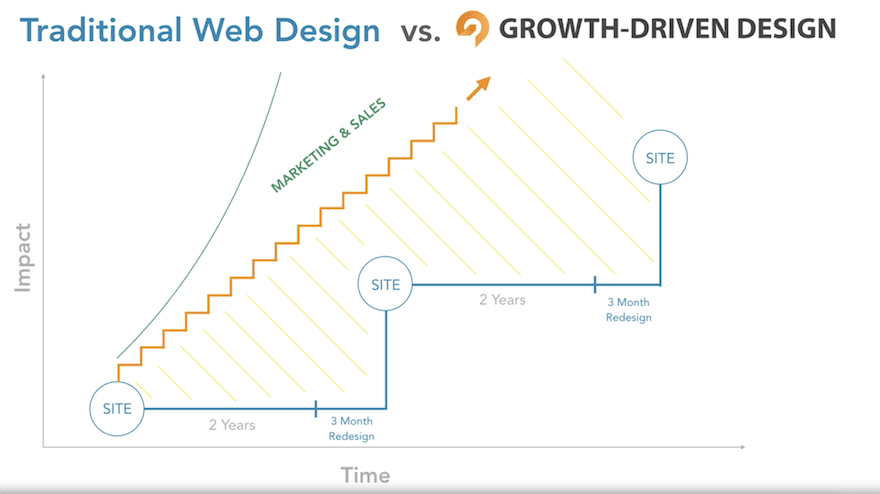
via Hubspot
The 3 Steps In The Growth-Driven Design Methodology
The GDD methodology is separated into three steps. These are:
- The Strategy
- The LaunchPad Website
- Continuous Improvement
Strategy
The first stage is the strategy. It takes around two weeks and is an essential part of the process. Never skip this stage, as it sets the precedent for everything that comes after. Below are the main topics to work on.
- Goalsetting. What does the company need from the new site? What do the different pages and sections need to achieve?
- User research. Types of research conducted are quantitative, qualitative, and behavioral according to the size of the website and what needs to be assessed.
- Personas and user journeys. What steps does a new visitor follow to convert? How does an existing user find support on the site?
- Fundamental assumptions. What page do most people land on, what devices are the most used when visiting the site, what steps are taken for a visitor to find what they need?
- The wishlist. The stakeholders list all the things they believe the new website should have and how it should perform.
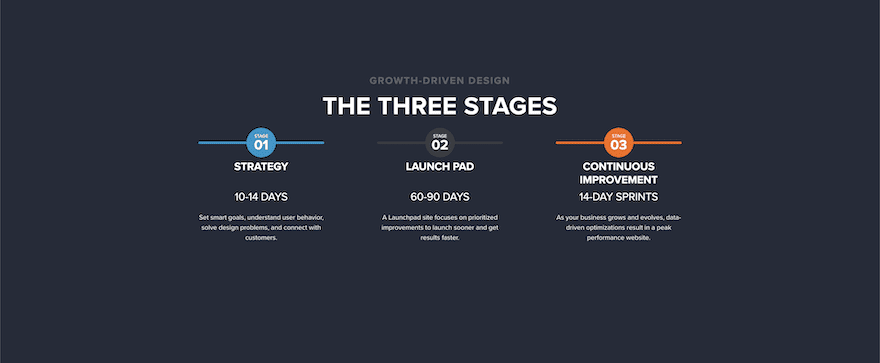
via Hubspot
LaunchPad Website
The second stage is the creation of the LaunchPad website. This process takes between 30 and 90 days. A LaunchPad website is a complete site that prioritizes improvements and launches faster than a regular site. The LaunchPad website is not the end of the road but rather the beginning.
To create a LaunchPad Website, the team works in sprint workshops to eliminate silos. The agile approach of side-by-side content creation and wireframe building is a large part of the GDD methodology. This is why the LaunchPad Website takes less time to finish than a regular site.
GDD suggests five methods to customize the approach of a LaunchPad website.
- Refresh: For a newly created site that needs a strategic refresh
- Kick-Start: Using templates, prebuilt pages, sections, and modules.
- 80/20: Using 20% of the wishlist items that will have 80% of the impact on the goals.
- Launch and Expand: Deconstructing the launch into phases.
- Wise Investor: Start with high-impact activities first.
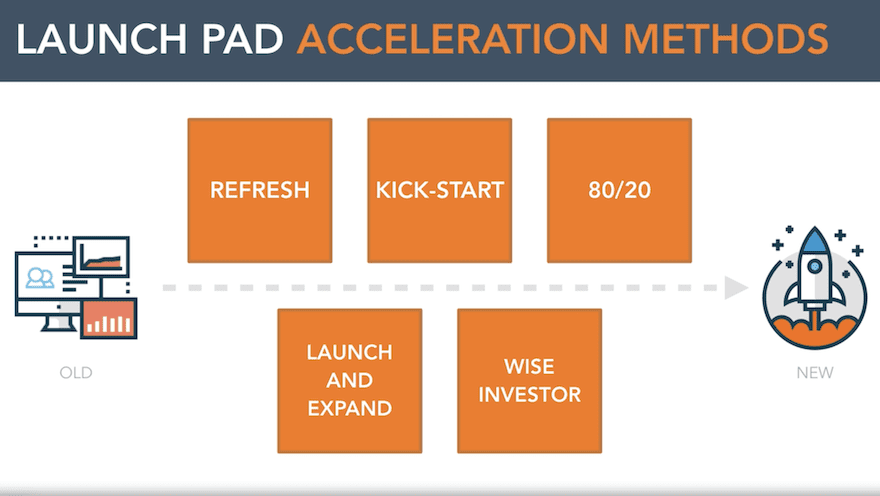
via Hubspot
A Website That Works For Everyone
Furthermore, the aim is to create a website that not only helps users but also the company as a whole. From the LaunchPad website, developers create a global style library with coded modules, sections, and pages. For example; blog post templates, global modules, styled forms, brand default font colors, and sizes, etc. This takes a little work at the beginning but then becomes invaluable as the site grows.
Continuous Improvement Stage
Last but definitely not least, is the continuous improvement stage. At this point, the LaunchPad website is live and collecting user data.
You could say that this is where the real growth starts. There’s truly no limit to this stage as it’s meant to help the website grow with the business.
Website Optimization Roadmap
With the help of the Website Optimization Roadmap, the strategist leads quarterly summits to decide how to move forward.
The Website Optimization Roadmap has three themes, with three focus areas each. Every quarterly summit, the strategist selects a theme and a focus area. Afterward, the tactics are set up into sprint cycles.
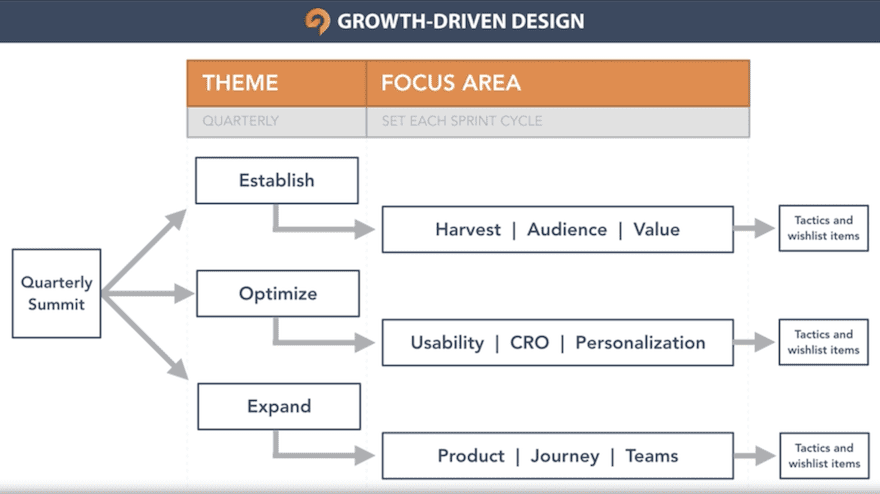
via Hubspot
The Sprint Cycles
Once a theme and focus area is selected, the sprint cycles are arranged in a task management platform.
A sprint cycle is a two-week timeframe when the team works together for a common goal. The purpose of a sprint cycle is to plan, build, learn, and transfer.
For example:
The chosen theme is ‘Optimize’, and the focus area is ‘Usability.’ During each sprint cycle, the team works together to improve the onboarding process of new members on the site. First, they plan how to do it, then they build it. Along the way, they learn from the process, and finally, they transfer their learning to other departments in the company.
Each quarter has 6 sprint cycles and each one follows the same pattern. As more and more sprint cycles are finalized, the team becomes more agile and processes turn easier and faster.
As each quarter ends, a new quarterly summit takes place and a new theme is chosen moving forward. Large companies can choose to have more than one team working side by side on different themes.
How Does Divi Fit In With Growth-Driven Design?
Growth-Driven Design doesn’t have a set rule as to what tools you use to design and redesign websites. What matters is following the process. True, they do suggest you use Hubspot and WordPress because that’s where GDD was born, but at no point do they say you can’t use Divi as the theme!
In fact, Divi is a great choice for a Growth-Driven redesign. This is all thanks to the Divi Theme Builder, global presets, and the ability to create a site-wide style guide framework.
Below you’ll find the best resources Divi has to offer for a GDD website:
- Setting up a Global Presets Style Guide For Your Next Divi Website
- How To Turn Layout Pack Styles into Global Defaults with Divi
- Global Defaults!
Get Your Growth-Driven Design Certification
Since the GDD Methodology was born inside Hubspot, it’s no surprise that they offer a free certification course. In order to write this post, I took the course and can safely say that I learned a ton of practical things I hadn’t even considered before. If you are a web designer or developer, have your own agency or work in one, you’ll lose nothing by getting GDD certified.
Additionally, they also offer agency-wide certifications. When an agency buys the GDD certification for their team, they get a full-scale training and are then added to the GDD certified directory. Not bad, if you consider how important growth strategies are becoming in every industry.
Do You Work With The Growth-Driven Design Methodology?
In this article, we took a little tour of the Growth-Driven Design methodology. Had you heard about it before? Have you already implemented it into your own work?
Taking into consideration how most companies focus on growth, this web redesign system might just be the answer for many. What do you think?
Are you GDD certified? Are you considering it? Let us know in the comments!
Featured Image via Oxy_Nation design / shutterstock.com

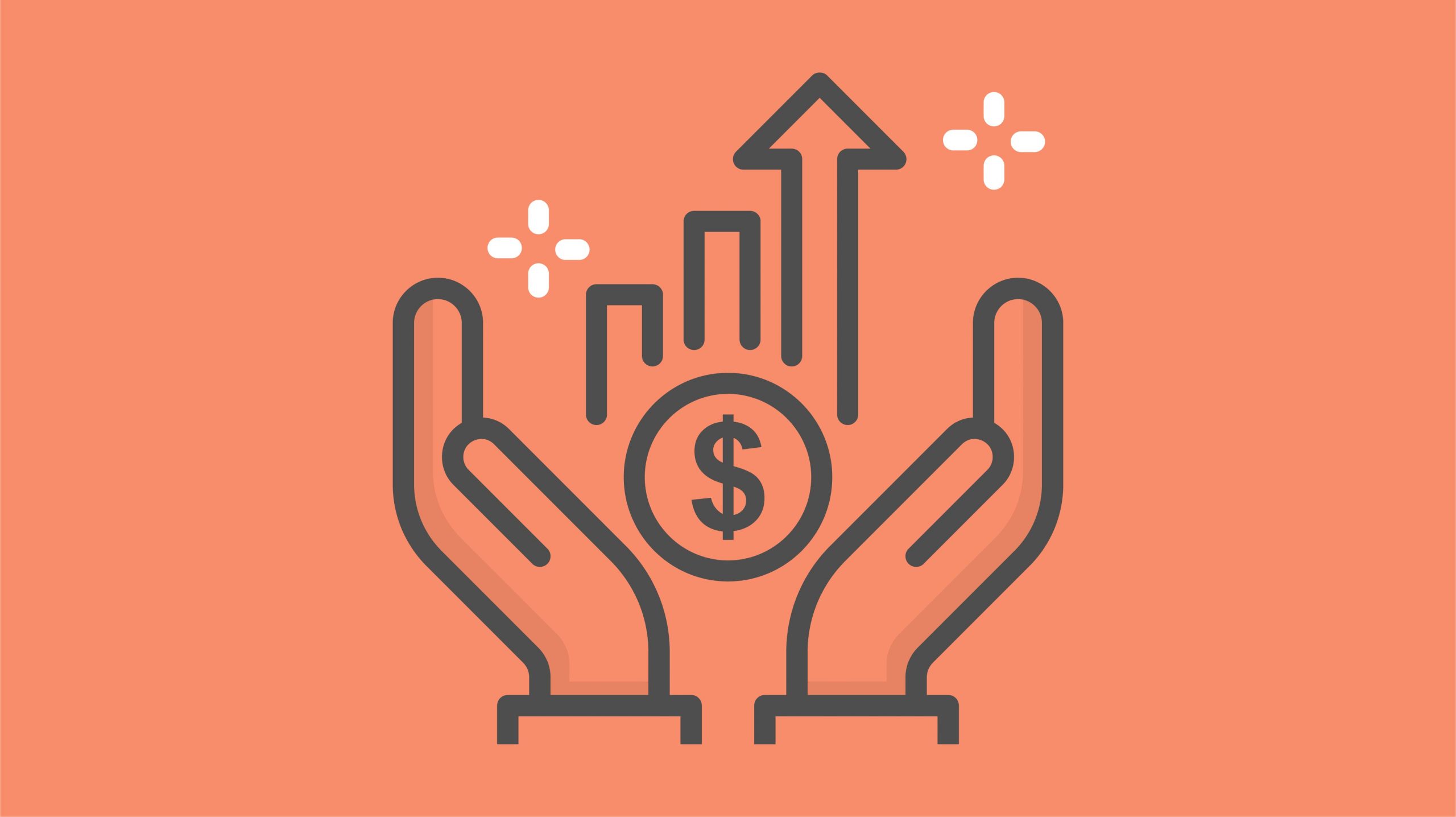




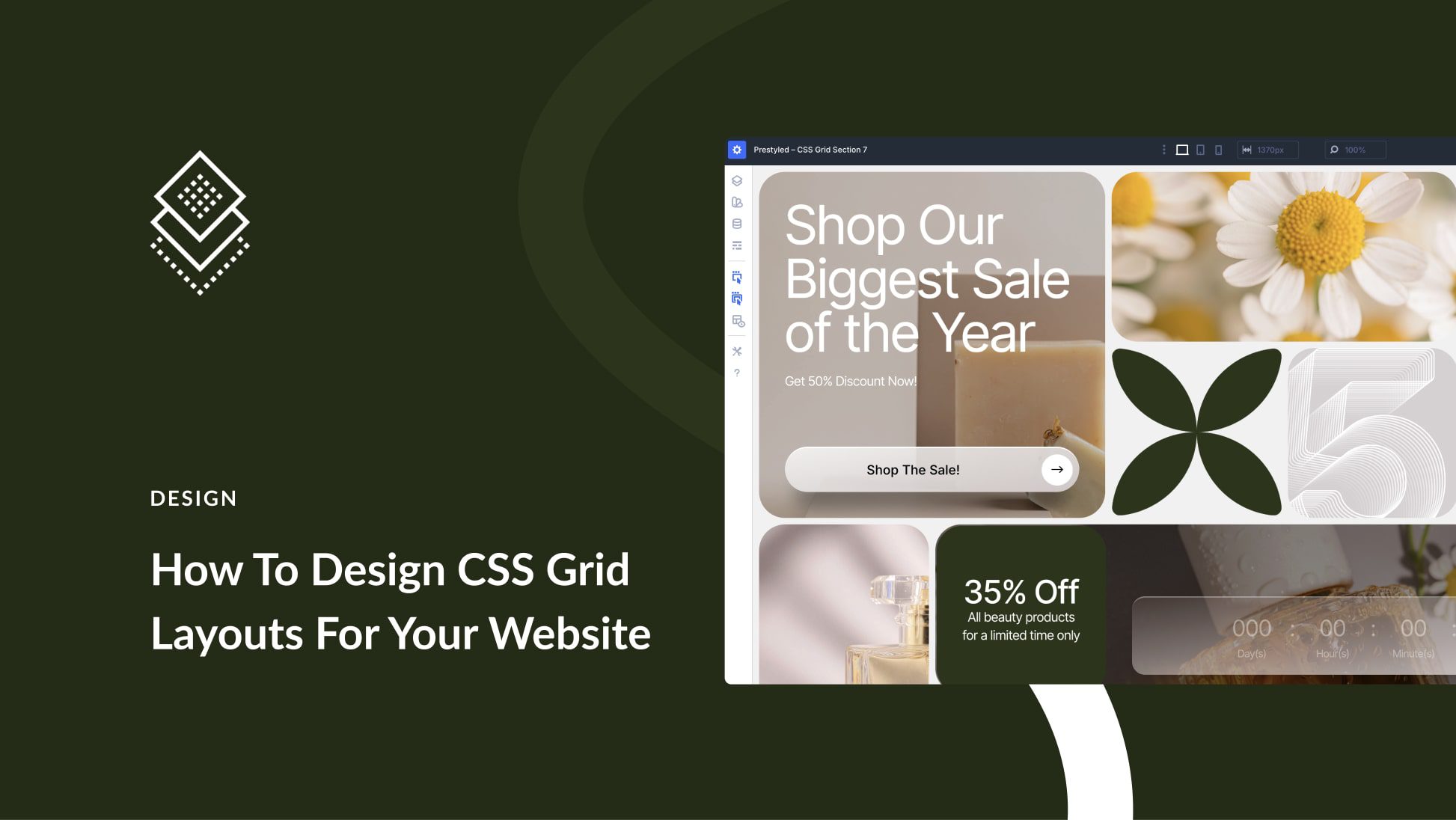
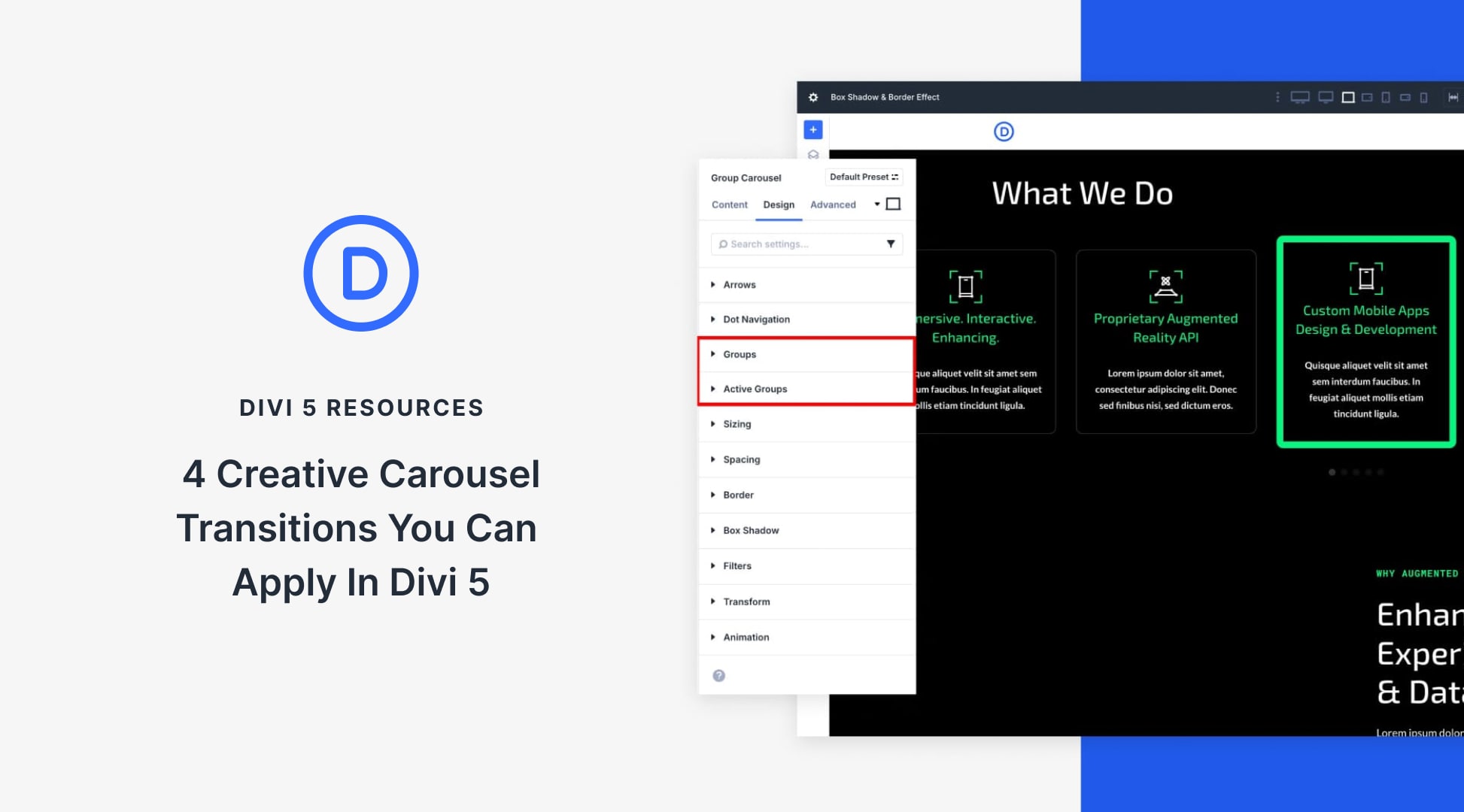
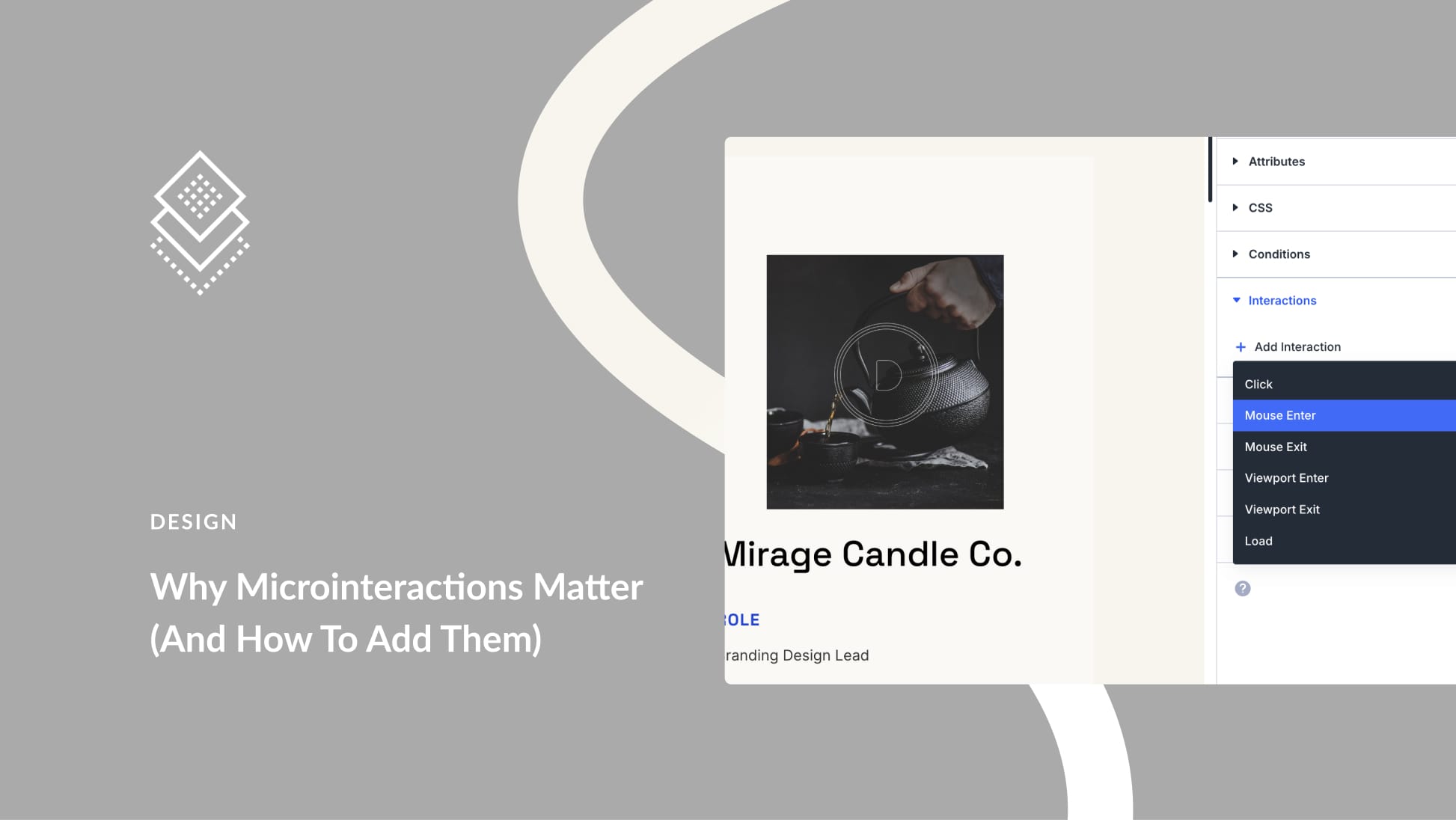
Awesome Idea! Waiting for more tips.
Thanks 🙂